 Dear friends,
From 2001-2019, I hosted retreats called The Farm Experience Weekend, and an annual conference on community and sustainability. The opening sessions included a slideshow presentation about The Farm's history and a closer look at what the community is today.
Since I’m no longer hosting these events, I thought I could share with you some of the highlights from those presentations as a way to give you a better understanding of how we have evolved.
Gurus on TV
During the 1960s and 70s, with millions of young people seeking greater meaning and understanding of what it means to be alive, we were open and interested in the wisdom of the East, of which we knew very little. It offered deeper insights than the homogenized and hypocritical Christianity we'd grown up with, and in those days, many teachers from the East came offering those teachings. Some were genuine, others perhaps less so, but that did not stop them from collecting massive numbers of followers and creating enterprises that generated millions of dollars. A new (October 2024) 4-part series on the streaming service MAX/HBO called Breath of Fire, delves into the life of Kundalini Yoga teacher Yogi Bajan and his organization 3HO, and the story of a young woman, Guru Jagat, who took the movement further in the 2000s, until her passing in 2021.
All the best to you in this New Year!
Douglas
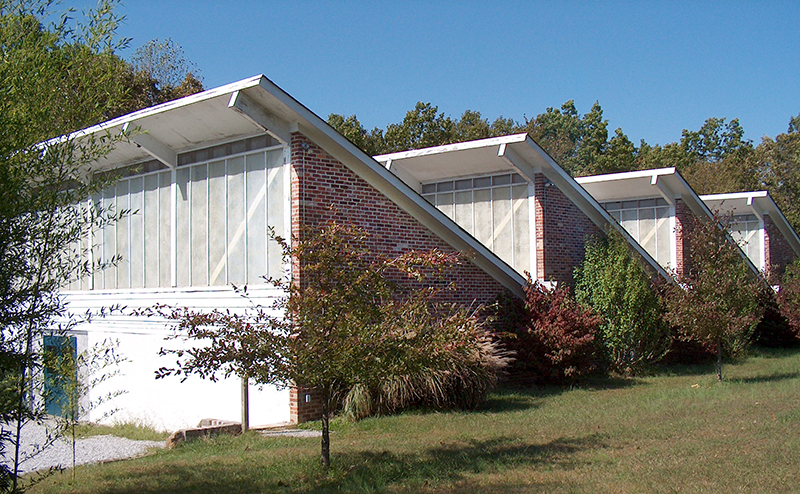 The Farm Solar School Is The Farm an Ecovillage?
From the beginning, we described The Farm as a small town; over the decades, this has become more and more true. As our lives have become more independent, to gain a better sense of what we are, one must take a step back to see the overview, a village of people who are each dedicated to spiritual and environmental principles. What is known today as an Ecovillage.
Many people wrongly assume that an Ecovillage means all who live there are "off the grid," living in homes constructed of natural, locally sourced materials, growing all their food. While that may be true for some, an ecovillage is certainly not limited to the confines of that definition.
The criteria for what constitutes an "Ecovillage" primarily originated from a 1991 study called "Ecovillages and Sustainable Communities" by Robert and Diane Gilman, commissioned by the Gaia Trust, founder of the Global Ecovillage Network.
Because the many Ecovillages around the world are so diverse, this criteria maintains a broad perspective that has allowed projects from city centers to cohousing developments to rural farms to fit within the parameters and meet most, if not all the key requirements.
Here is the statement that came out of this study:
An Ecovillage should be "human-scaled, a full-featured settlement in which human activities are harmlessly integrated into the natural world in a way that is supportive of healthy human development, and can be successfully continued into the indefinite future."
Over the next few issues of Farm Fresh, I’ll demonstrate how The Farm Community checks off all the boxes of what it means to be an Ecovillage in the 21st century.
 This Season's Farm, a reference to Stephan Gaskin's Book, This Season's People, acknowledges that the cast of players is ever-evolving.
Human Scaled
What this means is that the size of the community should be not too large and not too small. Most range from 50 to 250 people. Less than 50 and you become more of a homestead, almost like a small commune, or have a land-sharing arrangement. As the population grows over 250, it becomes much harder for people in the community to know each other. This is how schisms develop, an "us and them" mentality. A population of 250 is right at the edge of where everyone can know each other by name, the names of the children, and what triumphs or struggles are taking place in each other’s lives. This forms the fabric of support that allows community members to support each other in times of need.
The Farm‘s population is currently around 225 people. Maintaining connections takes effort, and things like shared meals, parties, music events, and annual celebrations, provide opportunities for people to mix it up with each other and are essential for maintaining that human connection.
An Ecovillage should be Full-Featured.
To be a true village, a community should have many of the elements it takes for any small town to function. This is where The Farm Community stands out in alignment with the definition of an Ecovillage.
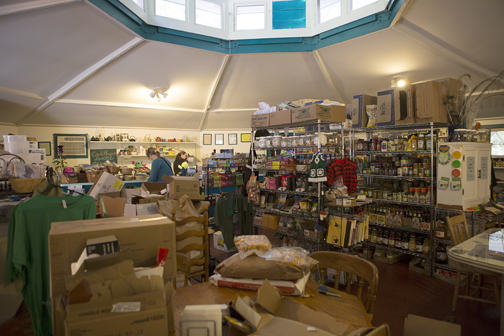 The Farm Store provides a place for people to purchase food and other necessities for day-to-day life without driving to one of the larger, nearby towns.
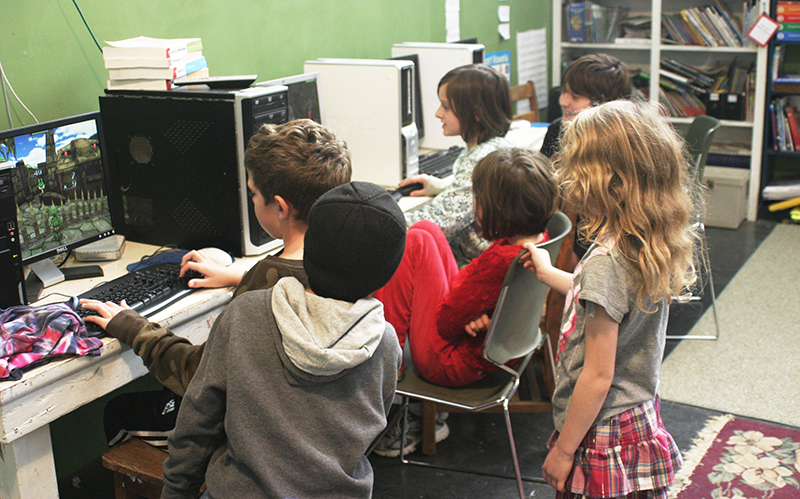 The Farm Community has its own state-approved school, grades 1 through 12. It serves not only our children but families from the surrounding area as well.
 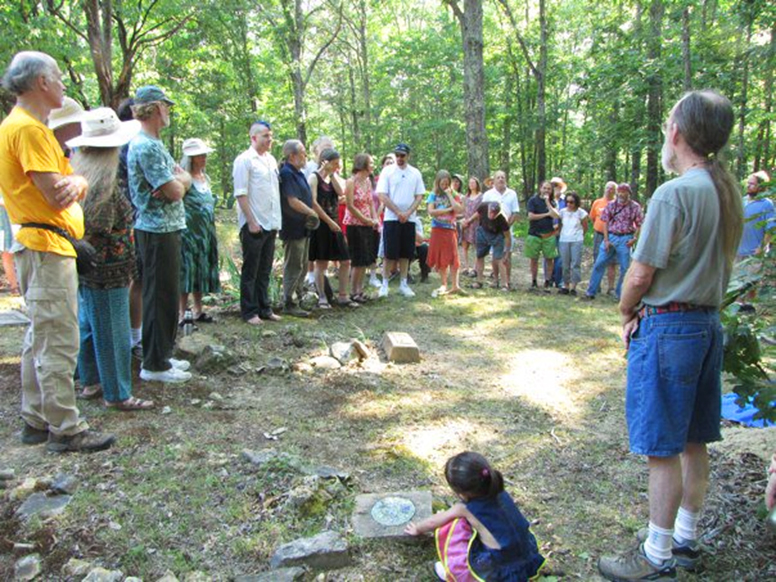 Perhaps one of the most significant features is our cemetery where over 100 members, former members, and residents are buried. This place stands as a testament to our 50-year history of living together and plants deep roots in our connection to the land and to each other. It can be these times of shared sorrow and grief that create the deepest bonds.
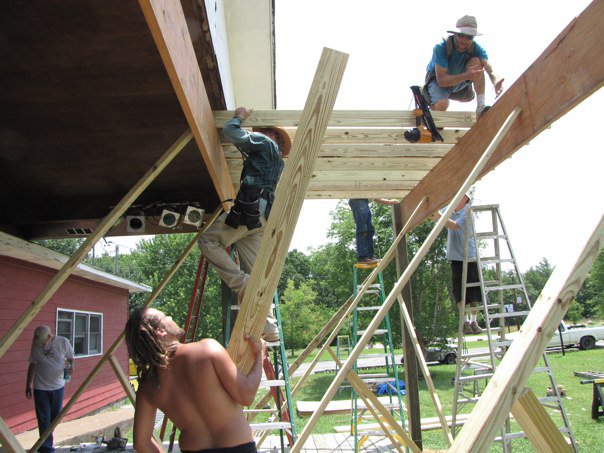 People need a way to support themselves and earn a living. There are numerous small businesses as well as nonprofits within the community that provide employment. Over the decades only a small percentage of our residents have gone outside the community for work, typically those in the construction trades or working in the medical field.
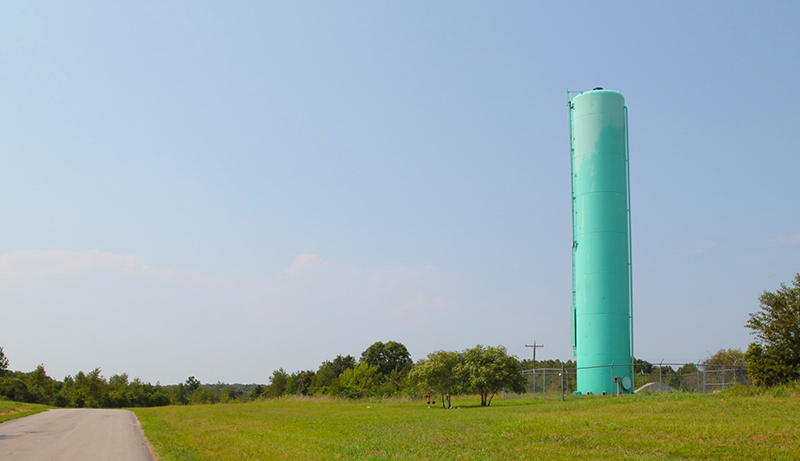 The Farm has a well that provides water to the entire community.
We use between 25,000 and 50,000 gallons of water per day, more in the summer when people need to irrigate gardens. The water tower holds 25,000 gallons, making it a one-day reserve should the area lose power.  Our swimming hole includes a sandy beach plus lifeguards in the summer.
Just a few of the notable things that make us a full-featured community!
To be continued...
Steve Gaskin – The Farm, Yogi Bhajan – 3HO, Swami Satchidananda – Integral Yoga
Speaking to the audience at Holy Man Jam, Boulder, CO June 1970 3HO - Healthy, Happy, Holy
After getting married in April and spending the summer camping for our honeymoon, Deborah and I purchased a VW van and headed west, in the fall of 72.
As we pulled into Phoenix, we found a health food store. I went in and asked, “Where is the hippie district?” I was told it was further down the road, but that a nearby ashram had a free vegetarian dinner followed by a a yoga class. Perfect!
We entered a basement room with about 60 people sitting on the floor. There was a buzz of conversation and a colorful cast of characters, many dressed in white and wearing turbans. Coming from Kentucky, it was our first exposure to an exotic hippie scene and very exciting.
Toward the end of the yoga class, we held our arms up in the air and did the Breath of Fire, an intensive, rapid in and out of the breath, something like hyperventilating. After several minutes, my arms became weightless and were held aloft as if I were drawing energy from my aura or energy field. I had never experienced anything like it.
Deborah and I decided to stick around. It turned out this was a teaching ashram where people from around the country came to get certified as Kundalini instructors. Because that was not our intention (and we didn’t have a lot of money), we didn’t take the class but got free rent as staff. Our van turned out to be one of the only vehicles, so Deborah became the food buyer. I was the handyman, painting and doing odd jobs.
This gave us the position of being on the outside looking in.
There were a lot of really nice people, hippie spiritual seekers like us. But they were also a number who seemed to be full of themselves (what we call holier than thou) and carried a lot of ego.
Hidden out of sight in a loft above the ashram lived Yogi Bajan’s teenage son. Rather than following in his father‘s holy footsteps, he seemed like an indulgent brat, eating lots of junk food and spending most of his time watching TV. I wasn’t particularly impressed.
However, there was one fellow who stood out from the rest, an American saddhu. It turned out he had been at Harvard with Richard Alpert (before he became Ram Das) during the early experiments with LSD and then followed Alpert to India.
He seemed to be using the ashram as a place true to its name. They gave him the space to do all his yogi practices, rising at 4 AM to take a cold shower, cleansing his sinuses each morning with a Netty pot, and I’m sure there was more. Deborah and I were taken in by his humble, gentle nature. He invited Ram Das to come and visit and all of us at the Ashram were thrilled.
Rom Das was a breath of fresh air and had a great sense of humor. He talked about staying in his hotel room using the TV with the sound off as an altar, placing Hindu statues and pictures of his guru across the top. He talked about not being able to concentrate on his meditation because all he could think about was eating a pizza. So why not just stop and eat the pizza and then go back to meditating? He gave me a lot more confidence to follow my own way and know that some of the strict policies set in place by the ashram and Yogi Bajan were not for me.
Deborah and I moved into an apartment next door. It became the hangout spot for other people from the ashram who were not fully aligned with everything going on there. We became the black sheep and the bad influence.
When Yogi Bajan got wind of what had gone down, he very quickly flew into Phoenix to regain control over his flock. He started setting up arranged marriages and giving people holy names. I remember there was one guy, a musician who carried a lot of ego. Instead of putting his ego in check, which is what I thought a spiritual teacher was supposed to do, Yogi B gave the guy the name, Sat Guitar, stroking his ego.
Not long after, Deborah and I loaded up the van and headed back east. It was time to follow our dream of becoming homesteaders. Back to the land!
Thank you for your time and attention!
 My books:
Out to Change the World and The Farm Then and Now
Out to Change the World! $12 plus shipping
The Farm Then and Now $19.95 plus shipping
Watch my TEDx Talk: Out to Change the World - Living the Hippie Dream
A big thanks to everyone who has become a patron of Farm Fresh! When you become a subscriber, your contribution helps spread the word about community-based alternatives and the spiritual path.
Take this one small step to be part of the solution!
You can help keep Farm Fresh going by pledging $2, $5, or $10 a month, or by making a one-time contribution. Click here!
|
||
|
Douglas Stevenson
Douglas@villagemedia.com www.douglasstevenson.com Village Media www.villagemedia.com |